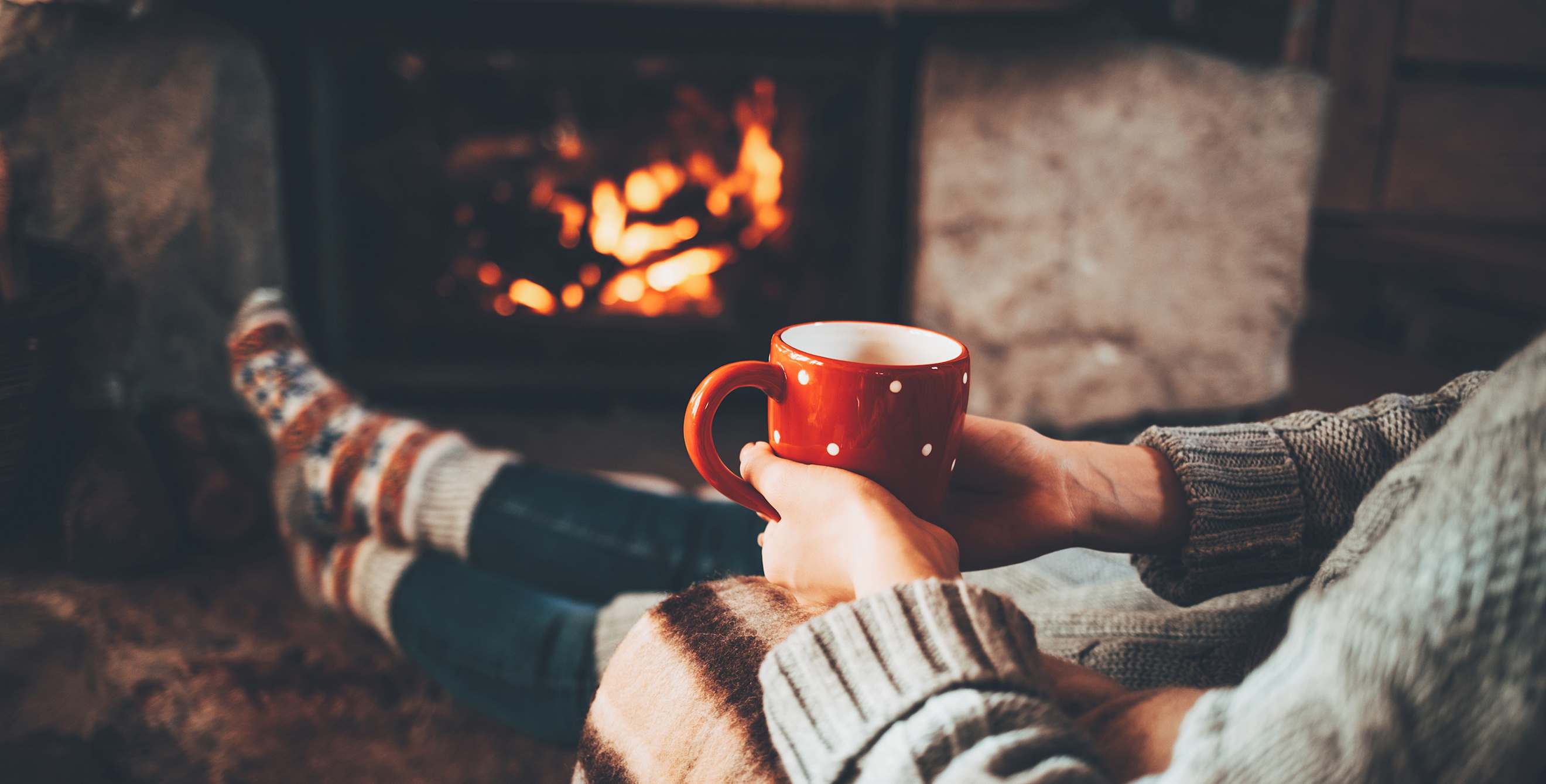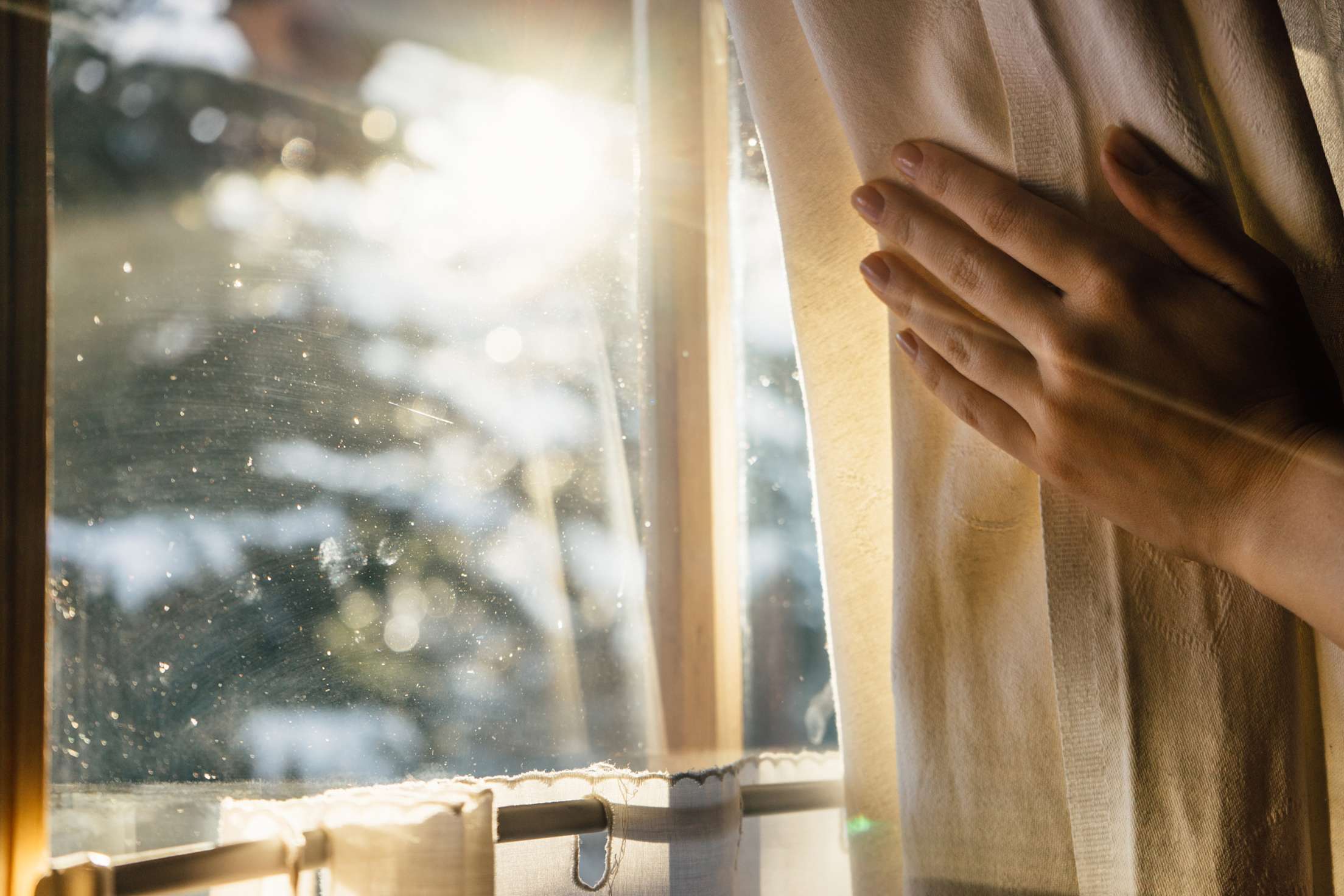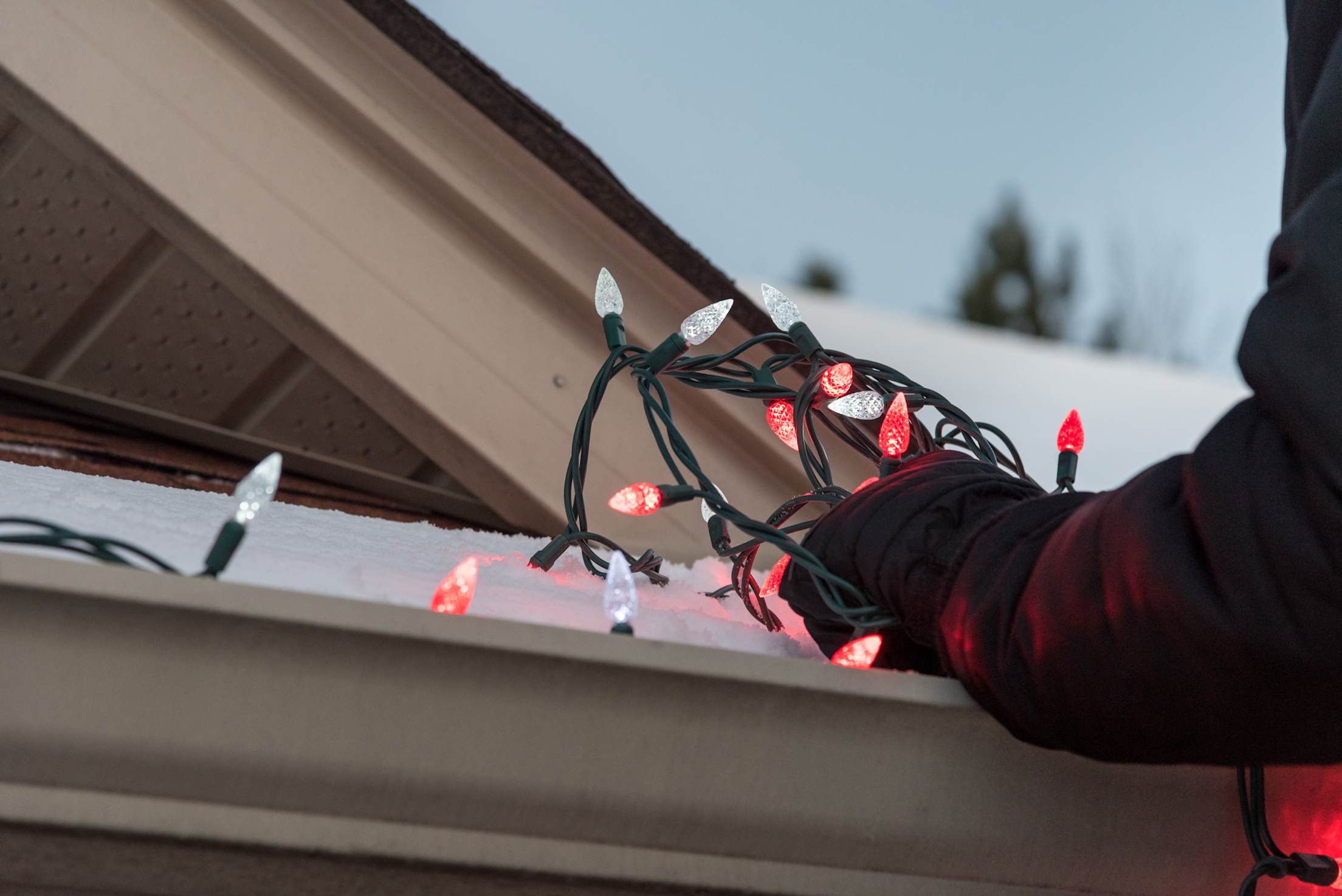
8 Tips to Stay Warm and Save Energy This Winter
Reduce your carbon footprint and your bills.

Cold weather usually means steaming drinks and holiday cheer, but it can also bring expensive heating bills. The cost of heating your home can account for nearly a third of your utility bill, according to the U.S. Department of Energy. And this year, the cost of natural gas is already twice as expensive as last year, and heating oil and propane are also rapidly rising, according to the New York Times. If this winter is somewhat colder than normal, energy bills could rise 94 percent for households depending on propane, 50 percent for those heated by natural gas, and 15 percent for those that rely on electricity for heating, according to projections by the U.S. Energy Information Administration.
While insulation and double- or triple-pane windows are the most effective strategies to keep the heat in, it can be expensive to add them to an existing structure. However, the following tasks and habits can still make a difference in your comfort and reduce your utility bills, even if you rent and can’t make major modifications to your space.
1. Close the gap.
If you’ve ever sat next to a drafty door or a window, you know that small cracks and seams can let in a surprising amount of cold air. Tackle these sneaky heat thieves with weather stripping and caulk. Install new weatherstripping around outside doors if you can see light or feel air where the door meets the jam, or if none is currently in place. You can also use weatherstripping to better seal around an attic or crawlspace hatch. Caulk around baseboards and window frames, and check to see if the weatherstripping on operable windows is worn and in need of replacing.
Smart tip: Electrical outlets and light switches can let heat seep out into uninsulated walls, but inexpensive foam outlet gaskets are both easy to install and effective.

Direct sunlight can warm up your space.
2. Let the sunshine in.
Roughly three-quarters of the sunlight that hits double-paned windows makes it through the glass and becomes heat. Open curtains and blinds on any windows that get direct sunlight throughout the day to let the UV rays warm your space free of charge.
3. Draw the curtains at night.
Window coverings aren’t just wonderful for stopping your neighbors from catching sight of your threadbare Batman pajamas; they can also prevent warmth from escaping at night. According to the Department of Energy, tightly installed cellular shades (often called honeycomb shades) can reduce the loss of heat through windows by at least 40 percent, which adds up to a roughly 10 percent savings on energy used for heating. Heavy drapes or insulated curtains are also great options.
4. Prioritize people over spaces.
Before you reach for the thermostat, add a layer. Think about warming your body before heating your space. Slip into cozy socks, slippers, and sweaters. Cuddle up under a blanket, or heat up from the inside out with a toasty drink or meal. An electric blanket or a reusable heat pack can also warm you up quickly with minimal energy use.

Set the heating a little lower to reduce your utility bill.
5. Turn down the thermostat.
Simply lowering your thermostat by 7° to 10°F at night or while you are at work can save you up to 10 percent on your heating costs. When you are home and awake, keep it set to 68°F or lower. Programmable thermostats make it easy to keep your space at the ideal temperatures based on your schedule, and they can save you up to $180 each year, according to Pacific Gas and Electric. Smart thermostats go even further by allowing you to adjust the temperature when you’re away from home, so you never have to worry if you forgot to turn the heat down before you left.
Smart tip: Reverse your ceiling fan to push warm air down—most ceiling fans have a switch on the side of the motor that allows you to change the direction the blades spin. This is especially helpful if you have high ceilings or if you spend much of the day sitting lower to the ground.
6. Tidy up the laundry.
Up to 90 percent of the energy a washing machine draws in a typical cycle is used to heat the water. You can slash the energy required to clean a load in half by selecting warm instead of hot, and by more than 50 percent by washing on cold. And don’t forget about your dyer. Whenever possible, hang your clothes up to dry inside (or outside if it’s not raining or freezing) to save energy and help your clothes last longer. When you do use the dryer, choose a longer cycle on a lower heat setting, which uses less energy than higher heat settings even if it’s done faster.

Look for energy-saving decor options for the holidays.
7. Brighten up with LEDs.
Replace incandescent bulbs with efficient LEDs, which use more than 75 percent less energy and last 25 times longer. When you’re swapping out bulbs, don’t forget about holiday decor. LED string lights produce less heat, last for decades, and allow you to string together up to 25 strands without overloading a wall socket.
Smart tip: Use timers or smart plugs to automatically switch on your decor when it gets dark and off when you go to bed to prevent wasted energy.
8. Maintain your heater.
Simple maintenance can help your heating system run more efficiently. Clean or replace the air filter on your furnace once a month, or as recommended by the manufacturer, during the winter. Make sure baseboard heaters, radiators, and warm-air registers are clean and that they aren’t blocked by furniture or curtains. Close the damper on your fireplace when not in use, and seal the flue of unused chimneys. If you have access to it, make sure any ducting is well-insulated and sealed.
Smart tip: When it’s time to replace your old baseboard heaters or furnace, consider a highly efficient heat pump system. Heat pumps (also often referred to as mini-split systems) can reduce your electricity use from heating by up to 50 percent, and many of them also efficiently cool the air come summer to help you save year round.
Whether you own or rent your home, protect your personal property with AAA Insurance.